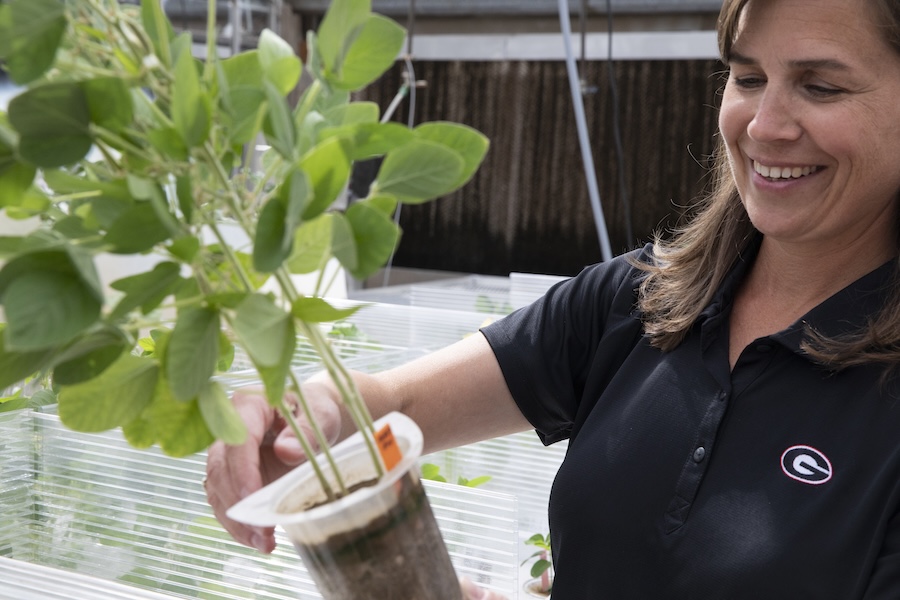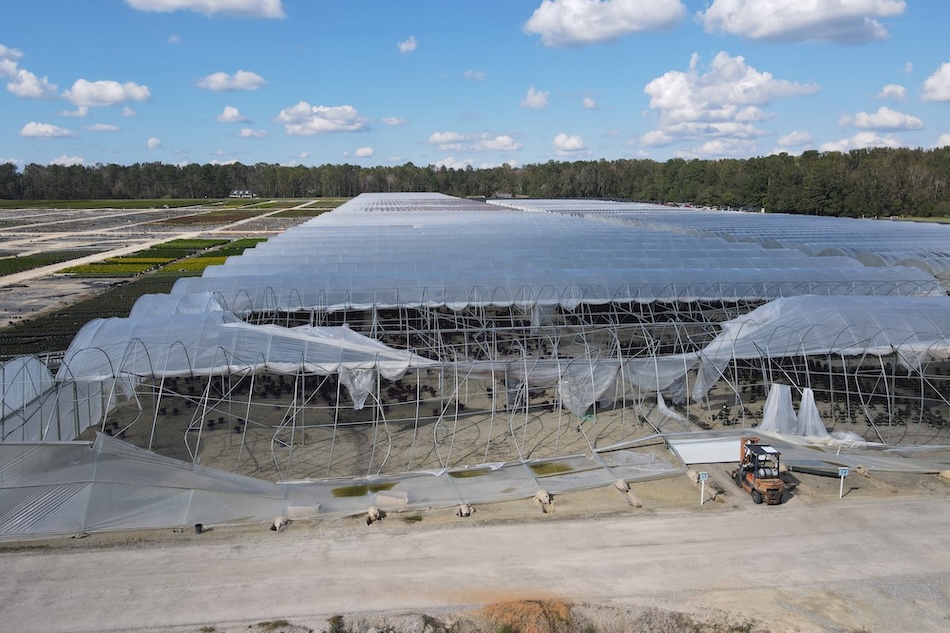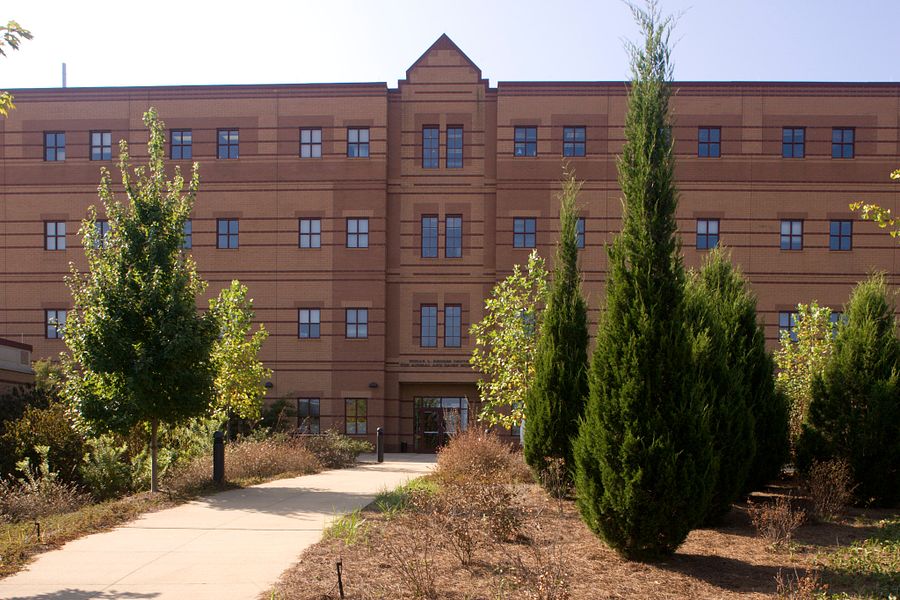By David Dickens
University of Georgia
When pine needles start raining down, many Georgians' thoughts turn to mulch. But when it comes to mulching flower beds and under shrubs, pine products aren't the only choices.
Pine straw and pine bark are among many mulch and landscaping materials. And they're plentiful, accounting for 28 percent of pine trees' aboveground biomass. (The needles alone are 10 percent.)
Fight erosion, keep water
Mulches can help reduce soil erosion, water loss and weed growth. Common natural mulches include pine needles, pine bark, dyed and undyed cypress shavings and other tree species wood chips and shavings.
Using a mulch around landscape plants can help them survive and grow. Mulches can keep the top 3 inches of soil cooler in the summer and warmer in the winter.
Many natural mulches are plant by-products, such as pine, cypress and hardwood bark, chips and shavings; or recycled materials, such as mulch pellets made from recycled paper. In the past, these things were burned or otherwise disposed of.
Black polyethylene and polypropylene sheets are sold as synthetic materials mulches.
Combinations of synthetic and natural materials are available, too. Among them are Ecomat (polyester and hemlock needles spun together), another mat of woven poplar and polypropylene and a mat of cellulose fiber encapsulated in a nonwoven polypropylene blanket.
Washed or unwashed stones and pebbles are used in landscaping, too. But they don't have the water-holding capacity organic materials have.
'Pick a mulch' checklist
Each of these materials has advantages and disadvantages. Which is right for you? Does using natural instead of synthetic or mixes make a difference to you? Any material used as a mulch should be:
- Aesthetically pleasing. In a recent Auburn University survey, aesthetic appeal ranked first in importance among mulch-choice factors.
- Porous enough to let water infiltrate but retard evaporative water loss from under it. The Auburn study ranked soil moisture retention second.
- Hot enough underneath to kill germinating seeds and sprouts. (The heat comes as fungi and other microorganisms break down mulches.)
- Durable enough to last a long time.
- Nontoxic to plants and animals.
- Unappealing to termites or other unwanted animal and insect pests.
- Effective at controlling erosion.
Consider, too, how much it costs and how often it must be reapplied. Pine straw must be replenished more often than pine bark or cypress mulch. Stone lasts the longest.
Hardwood and pine mulches vary greatly in the rate at which they decay. Generally, though, you can assume a 1-percent decay rate for wood chips.
Tree bark lasts longer than wood chips, because bark sheds water rather than holds it. Pine bark and pine needles decay at 15 percent per year for the first two years as a mulch. Pine needles don't hold their color as well as pine bark or dyed mulches.
Pine straw vs. others
A study in Louisiana compared pine straw with 35 other natural, natural-synthetic and synthetic mulches. It had fair durability and only 7 percent weed growth over the three-year study. And tests in Georgia found that pine straw had no effect on surface soil pH after two years.
Deterioration of natural and natural-synthetic mulches isn't necessarily bad. Some of the deteriorating fabric/material forms a fibrous cover over the soil and keeps suppressing weeds after the mulch appears to be gone.
If you use wood chips or shavings around your home or other sensitive areas, know where the chips came from. Use only 100- percent cypress, Eastern red cedar or other termite-resistant woods.
Don't use fresh wood chips, which smell sour or vinegary. They can kill plants. Instead, spread the wood chips out in a thin layer and wait until the sour smell goes away, then use them. The best places to use wood chips are in perennial beds and on garden paths well away from your home.
( David Dickens is an associate professor and extension forest production specialist with the University of Georgia Warnell School of Forest Resources.)






